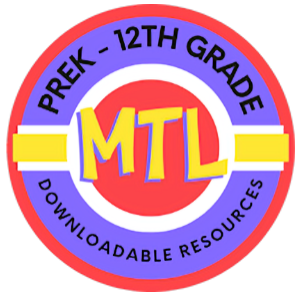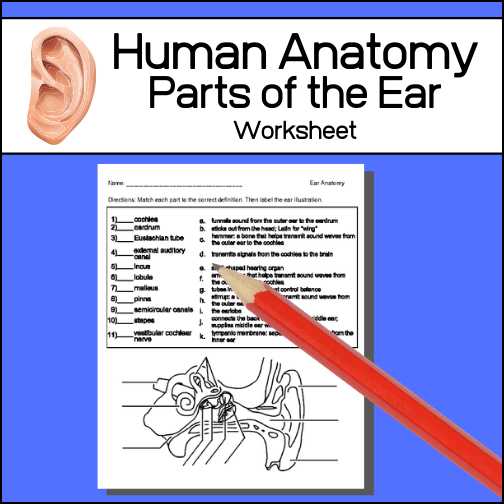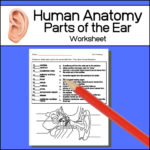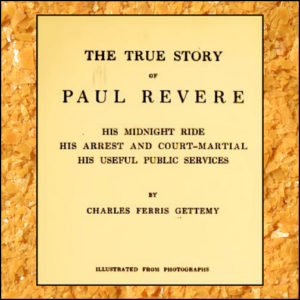Only logged in customers who have purchased this product may leave a review.
Products
- Home
- /
- Shop
- /
- By Grade
- /
- 6th-8th
- /
- Science
- /
- Branch of Science
- /
- Life Science
- /
- Human Anatomy | Parts of the Ear Worksheet
Human Anatomy | Parts of the Ear Worksheet
$1.00
This worksheet has two parts for students to complete: Matching the part name with the definition and labeling the ear. Answer key provided
Parts: cochlea, eardrum, Eustachian tube, external auditory canal, incus, lobule, malleus, pinna, semicircular canals, stapes, vestibulare cochlear nerve
Related products
-
$9.99Buy Now
This resource is a 278 page student text on American Government.
Units include:
- Structure and Function
- Foundations of American Government
- The Federal System
- The Three Branches
- Influencing Government
- Civil Rights
- Government Transformation (20s-30s)
- Domestic Policy and Foreign Affairs
- The Politics of Democracy
- Personal Involvement
-
$3.00Buy Now
This resource contains a variety of literary works from authors such as Walt Whitman, George Cabot Lodge, and Edith M. Thomas.
-
$2.50Buy Now
This is a downloadable copy of the book. (358 pages)
About the book: Published in 1905, Gettemy writes of Paul Revere’s midnight ride, his arrest, court-martial plus his ‘useful public services’. Paul Revere ( December 21, 1734 – May 10, 1818) was an American silversmith, engraver, early industrialist, and a patriot in the American Revolution. He is most famous for alerting the Colonial militia to the approach of British forces before the battles of Lexington and Concord, as dramatized in Henry Wadsworth Longfellow’s poem, “Paul Revere’s Ride”. Revere was a prosperous and prominent Boston silversmith, who helped organize an intelligence and alarm system to keep watch on the British military. Revere later served as a Massachusetts militia officer, though his service culminated after the Penobscot Expedition, one of the most disastrous campaigns of the American Revolutionary War, for which he was absolved of blame. Following the war, Revere returned to his silversmith trade and used the profits from his expanding business to finance his work in iron casting, bronze bell and cannon casting, and the forging of copper bolts and spikes. Finally in 1800 he became the first American to successfully roll copper into sheets for use as sheathing on naval vessels. -
$2.00Buy Now
A great introductory lesson on Cell Theory for your Science students. The text will teach students about the contributions of scientists Robert Hooke, Matthias Schleiden, Theodor Schwann and Rudolf Virchow. It lists the 3 basics of Cell Theory as well as the 3 ‘modern’ ideas that have been added to Cell Theory.








Reviews
There are no reviews yet.